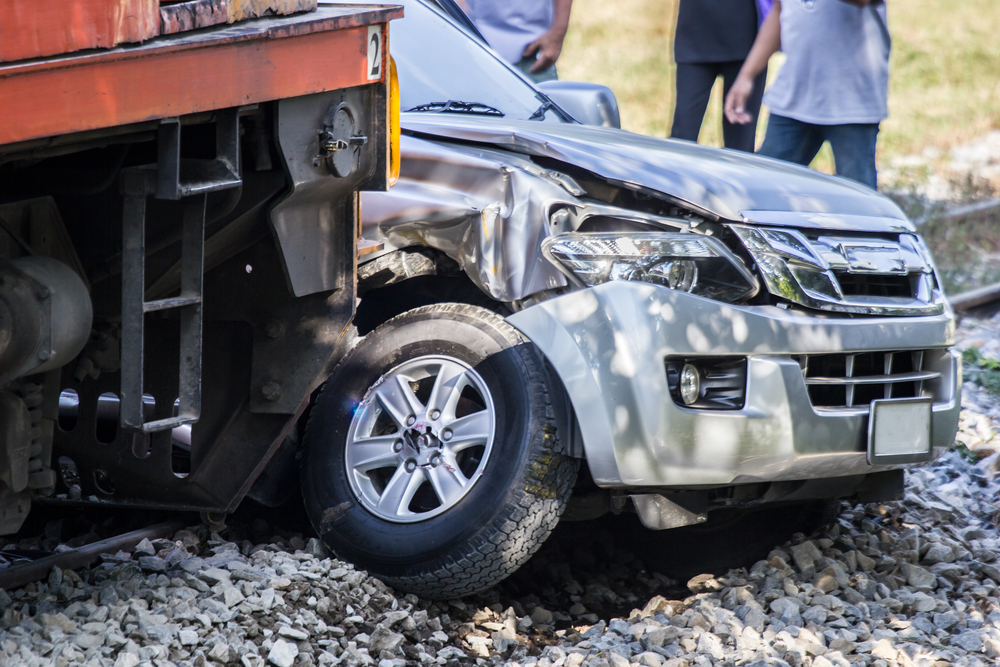Train accidents, while less common than car crashes, can have devastating consequences.
Train accidents come in various forms, from derailments and collisions to pedestrian-related incidents. The impact of these accidents can be catastrophic, often resulting in severe injuries, loss of life, and significant property damage.
If you or someone you love has been injured by a train accident, you don’t have to face the aftermath alone. JEWELL RADIMISIS JORGE LL.P stands by personal injury victims when someone else’s negligence turns their lives upside down.
Common Types of Train Accidents
Trains have a lot of moving parts—and a lot of uses—which is why there are so many things that can go wrong if safety protocols aren’t adequately met. These types of train accidents can include:
- Derailments
- Collisions with Vehicles
- Pedestrian Accidents
- Train-to-Train Collisions
- Hazardous Material Spills
- Faulty signal/lights/crossing barrier/crossing gate
How Do Train Accidents Happen?
Several factors contribute to train accidents, ranging from human error to defective equipment. The most common causes can include:
Human Error
- Conductors, engineers, and railway employees may make mistakes due to fatigue, distraction, or lack of proper training.
Defective Tracks and Infrastructure
- Poorly maintained tracks, broken rails, and outdated signaling systems/gates/barriers increase the risk of derailments and collisions.
Mechanical Failures
- Defective train components, such as brakes, wheels, or coupling systems, can lead to accidents.
Weather Conditions
- Extreme weather, such as heavy rain, snow, or ice, can make tracks slippery and reduce train stability.
Obstructions on Tracks
- Debris, stalled vehicles, or fallen trees can interfere with train operations and lead to crashes.
Negligence of Drivers and Pedestrians
- Motorists failing to obey crossing signals or pedestrians trespassing on train tracks contribute to many accidents.
Who Is at Fault for a Train Accident?
Determining liability in a train accident is important for victims seeking compensation. Several parties may be held responsible depending on the circumstances.
Steps to Take After a Train Accident
- Seek Medical Attention: Immediate medical evaluation ensures proper treatment and documentation of injuries.
- Report the Incident: Filing a report with law enforcement and the appropriate railway authority creates an official record.
- Gather Evidence: Collect photographs, witness statements, medical records, and any other relevant documentation.
- Contact JEWELL RADIMISIS JORGE LL.P: A legal expert can help determine liability, assess damages, and file a claim.
Compensation Available for Victims
Victims of train accidents may be entitled to various forms of compensation, including:
- Medical Expenses: Covers hospital bills, surgeries, rehabilitation, and ongoing treatment.
- Lost Wages: Compensates for income lost due to injury-related work absences.
- Pain and Suffering: Accounts for physical pain, emotional distress, and diminished quality of life.
- Property Damage: Covers repair or replacement costs for vehicles or other damaged property.
- Wrongful Death Claims: Provides compensation to families of victims who lost their lives in train accidents.
Filing a Lawsuit
Victims may pursue legal action against negligent parties through a personal injury lawsuit or a wrongful death lawsuit if a loved one was killed. Given the complexity of train accident cases, working with an experienced


